Cinnamon and sugar, two pantry staples that are delightful on their own, come together to create a magical combination that graces our taste buds in various culinary creations. This duo has a timeless appeal, from the crispy churros dusted with cinnamon sugar to the comforting swirls of cinnamon-sugar goodness in cinnamon rolls.
However, finding the perfect balance between these two ingredients is an art that can transform a dish from ordinary to extraordinary.
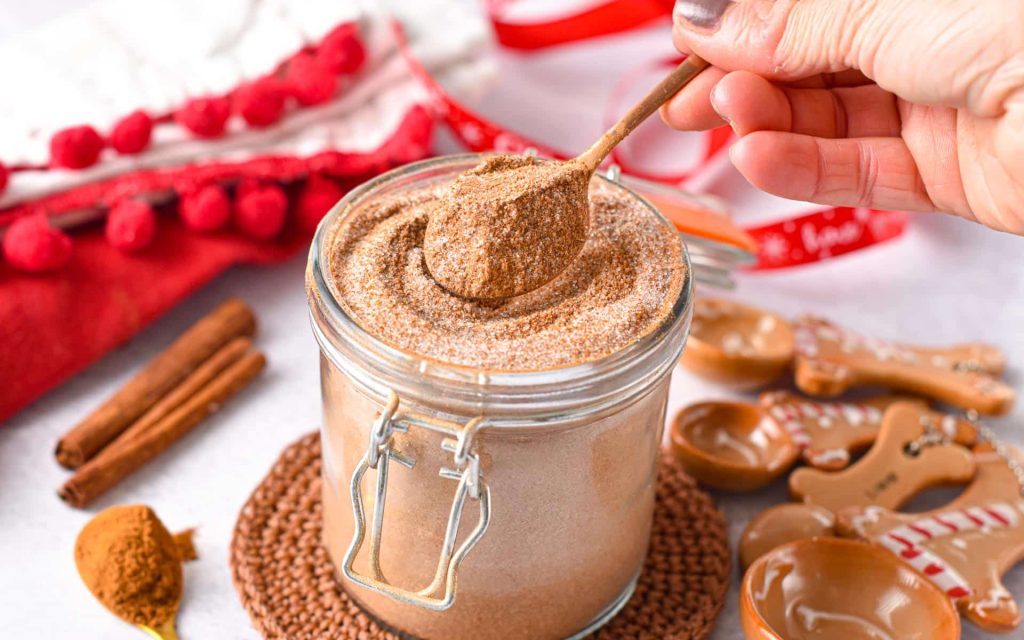
In this article, we will delve into the science and art behind the cinnamon-sugar ratio, exploring its various applications and guiding you toward achieving culinary perfection.
The Science Behind Flavor Harmony
Cinnamon’s captivating flavor harmony results from its complex chemical composition and interaction with our taste receptors. It contains various compounds, primarily cinnamaldehyde, responsible for its distinct taste and aroma. Cinnamaldehyde activates both taste and odor receptors, creating a multisensory experience.
Cinnamaldehyde stimulates our taste buds, particularly those sensitive to sweetness, due to its ability to mimic the sensation of sugar. This can lead to a perception of heightened sweetness in foods containing cinnamon, even without added sugar. Simultaneously, it activates heat receptors, imparting a mild warming sensation akin to spiciness.

The interaction between cinnamaldehyde and our olfactory receptors contributes significantly to cinnamon’s flavor complexity. Volatile compounds released from cinnamon interact with receptors in our nasal passages, enhancing the perception of its aroma. This interaction can trigger memories and emotions, deepening our connection to the flavor.
The harmony arises from the balance between these sensations—sweetness, spiciness, and the aromatic profile. This balance is crucial for creating pleasurable culinary experiences. Furthermore, cinnamon’s compatibility with sweet and savory dishes is a testament to its versatility, making it a cherished spice across cultures and cuisines.
Balancing Act: Finding the Ideal Ratio
The quest for the perfect cinnamon-sugar ratio largely depends on the intended use of this combination. Different culinary applications call for different proportions to achieve optimal results.
Let’s explore some popular dishes where the cinnamon-sugar ratio plays a starring role.
- Cinnamon Sugar Toast: The Breakfast Classic A staple in many households, cinnamon sugar toast is a simple yet comforting treat. Achieving the perfect ratio here involves striking a balance between the warm, aromatic qualities of cinnamon and the sweetness of sugar. A typical starting point is a 1:3 ratio, where one part cinnamon is mixed with three parts sugar. This provides enough cinnamon flavor without overwhelming the senses.
- Cinnamon Rolls: Swirls of Delight Cinnamon rolls are adored for their tender dough layers swirled with a generous spread of cinnamon-sugar goodness. Achieving the ideal ratio for the filling is crucial to ensure that the rolls aren’t overly sweet or lacking in flavor. A 1:2 ratio, with one part cinnamon to two parts sugar, is often favored for cinnamon roll fillings. This allows the cinnamon to shine while providing the necessary sweetness.
- Churros: Crispy Indulgence Crispy on the outside and soft on the inside, churros are a beloved dessert often coated in cinnamon sugar. The balance of flavors here leans more towards the cinnamon side. A 1:1 ratio, where equal parts cinnamon and sugar are combined, provides a pronounced cinnamon flavor that contrasts beautifully with the crunch of the churro.
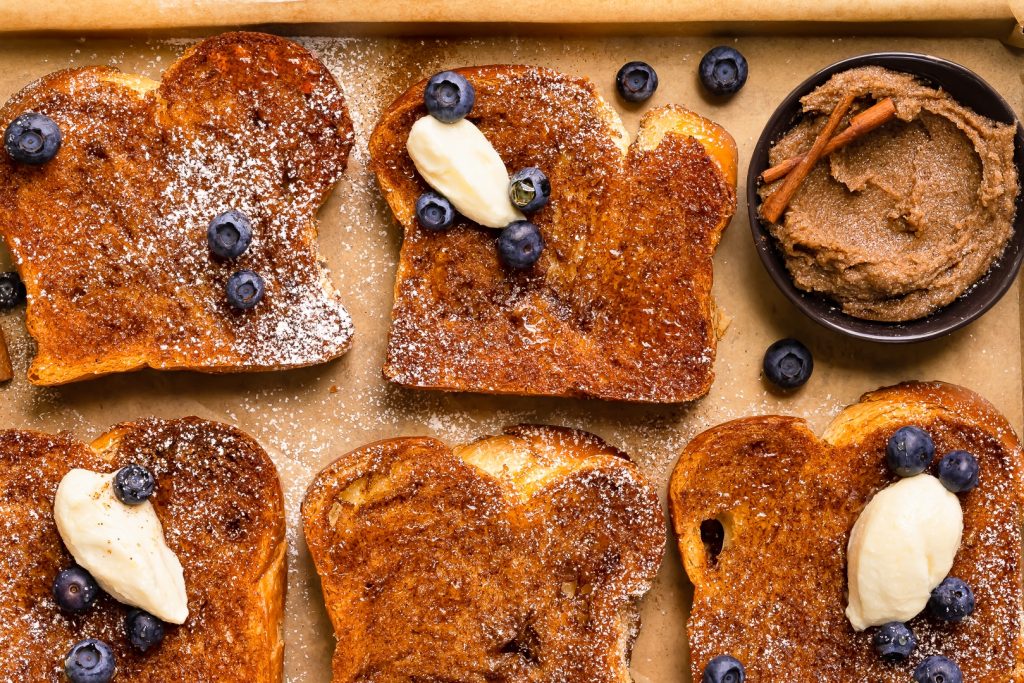
Beyond the Basics: Creative Applications
While the classic ratios are a reliable starting point, culinary exploration knows no bounds. Chefs and home cooks alike have ventured into uncharted territory, discovering innovative ways to incorporate the cinnamon-sugar duo into various dishes.
Savory Dishes
Cinnamon’s warm and aromatic profile isn’t limited to sweet treats; it also finds an intriguing place in savory dishes. Its ability to add depth and complexity to various culinary creations makes it a versatile spice in the savory realm.
Cinnamon’s subtle sweetness and earthy warmth in savory dishes can elevate the flavor profile. It harmonizes exceptionally well with rich, hearty ingredients like meats, stews, and sauces. Cinnamon imparts a nuanced background note that balances savory and sweet elements when added to marinades or rubs.
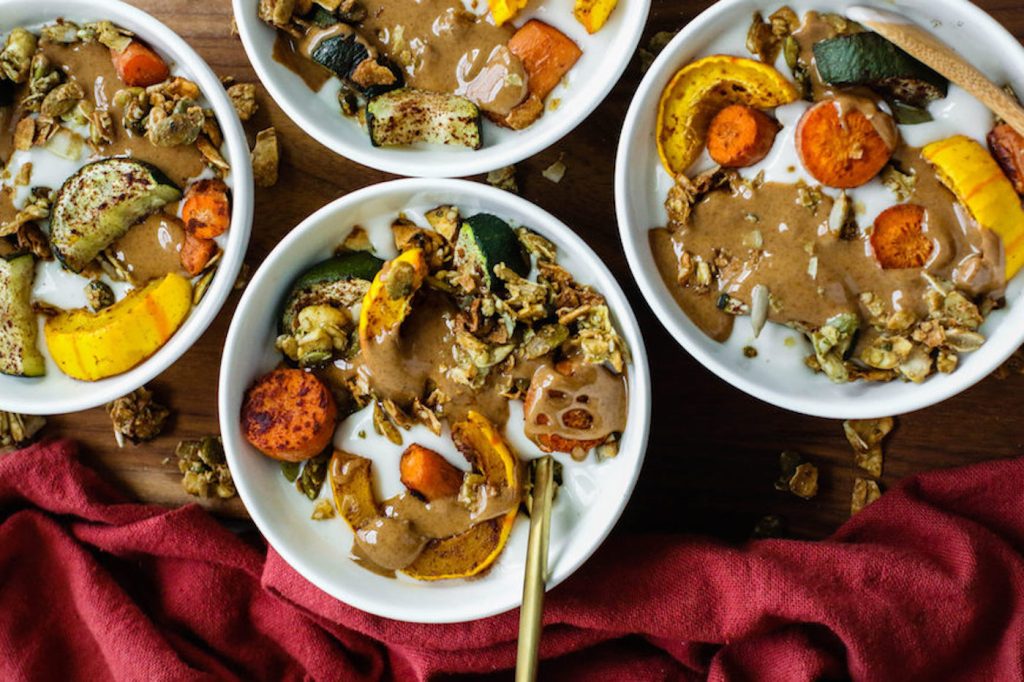
Cinnamon’s presence in Mediterranean, Middle Eastern, and North African cuisines is notable. It’s a key component in Moroccan tagines, combining savory spices and fruits to create a well-rounded flavor. In Indian cuisine, cinnamon is part of complex spice blends like garam masala, lending depth to curries and savory rice dishes.
Additionally, when used unexpectedly, cinnamon can surprise palates, such as adding a pinch to roasted vegetables for an intriguing twist or infusing it into savory broths for a fragrant undertone. Its versatility extends to sauces and chutneys, where its warmth can complement a range of ingredients.
Cinnamon’s role in savory dishes showcases its ability to bridge culinary boundaries, offering a delightful interplay of flavors that enhance both traditional and innovative creations.
Beverages
The ideal cinnamon-sugar ratio for beverages depends on personal taste preferences and the type of beverage you’re making. Generally, a balanced ratio is around 1:4 to 1:6, meaning 1 part cinnamon to 4-6 parts sugar by volume.
For hot beverages like coffee, hot chocolate, or tea, a pinch of cinnamon (about 1/8 to 1/4 teaspoon) combined with 1 to 1.5 teaspoons of sugar per serving can add a delightful warmth and sweetness without overpowering the drink’s original flavor. Adjust the ratio based on how pronounced you want the cinnamon flavor to be.
Cold beverages, such as iced coffee or smoothies, might require a slightly stronger cinnamon presence due to the dilution caused by ice and other ingredients. You could start with 1/4 teaspoon of cinnamon and 1.5 to 2 tablespoons of sugar per serving, then adjust according to your taste.
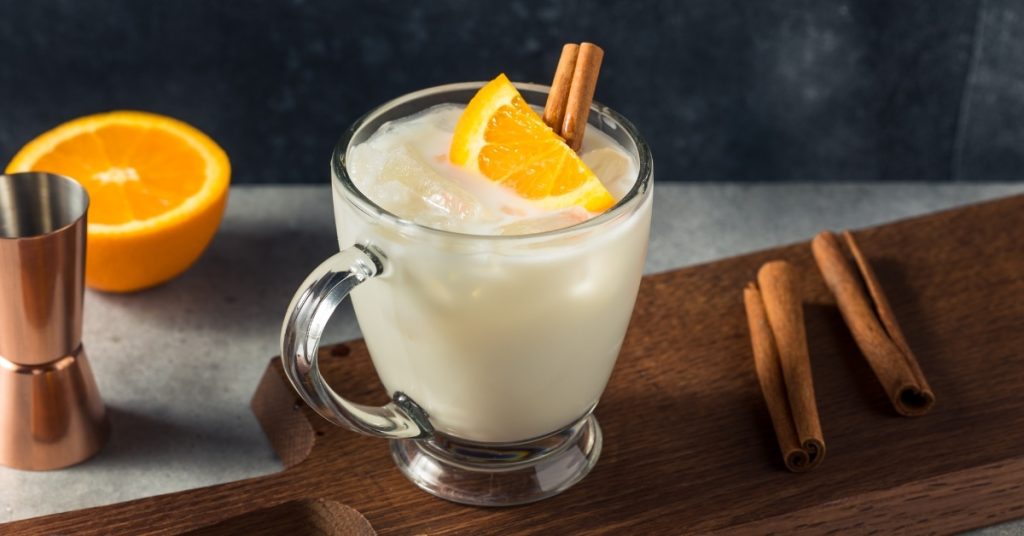
Remember that ground cinnamon is potent, so a little goes a long way. Mixing the cinnamon and sugar before adding them to your beverage is also a good idea to ensure even distribution. If you’re using whole cinnamon sticks, consider steeping them in the beverage longer to release their flavor gradually.
Ultimately, the perfect ratio varies based on your flavor preferences, beverage, and serving size.
Starting with a smaller amount and gradually adjusting allows you to tailor the cinnamon-sugar ratio to your liking without overwhelming the drink.
Culinary Experimentation: Tailoring to Taste
As culinary experimenters venture into adjusting the cinnamon-sugar ratio, they can manipulate the interplay between the warming essence of cinnamon and the sweetness of sugar. For those favoring a more pronounced cinnamon flavor, a higher ratio of cinnamon to sugar can be employed—perhaps a 1:3 ratio—to infuse dishes with a bold and aromatic character.
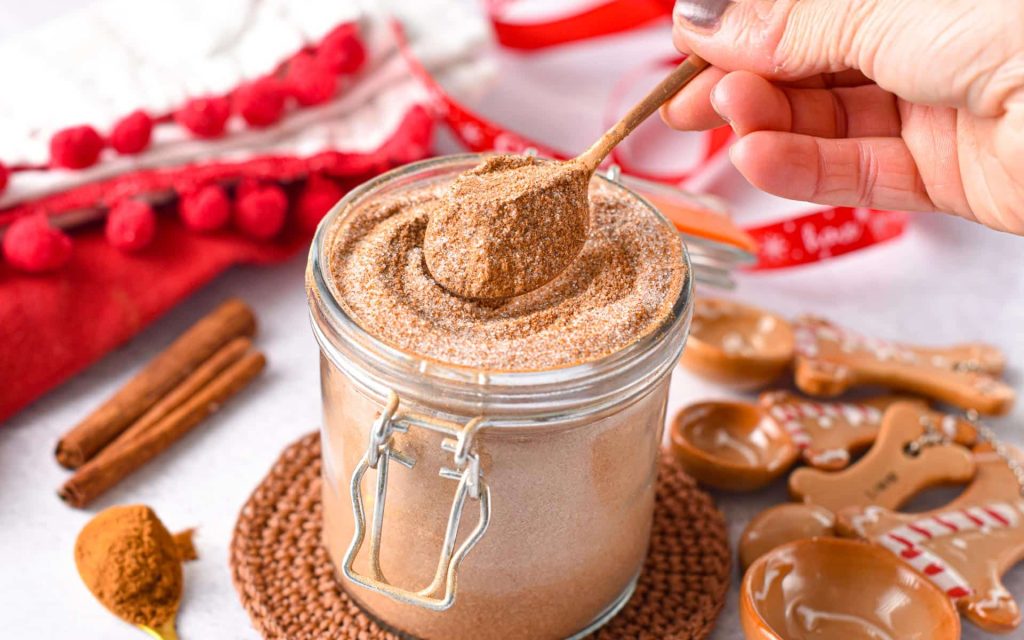
Conversely, those who lean towards a sweeter profile might opt for a 1:6 ratio or even more sugar than cinnamon. This approach ensures a delicate cinnamon undertone that subtly enhances the overall sweetness.
Culinary experimentation’s beauty lies in its ability to align with personal preferences. Through trial and error, enthusiasts can master the balance between cinnamon and sugar, crafting delightful treats that cater precisely to their palate. This process results in enjoyable dishes and fosters a deeper connection with the art of cooking itself.
Conclusion
The cinnamon-sugar ratio is a culinary harmony that offers a glimpse into flavor manipulation and individual preference. As we’ve explored, this classic pairing serves as a canvas for creativity, allowing culinary enthusiasts to experiment and tailor taste experiences to their liking.
The balance between cinnamon’s warm, aromatic depth and sugar’s sweet embrace is a testament to the intricate dance of flavors in the culinary world. Whether a precise formula or a flexible guideline, the ratio embodies the essence of culinary artistry, encouraging cooks to venture beyond conventional boundaries.
Through the lens of culinary experimentation, we’ve witnessed how this ratio can be molded to suit varying tastes. Whether through nuanced adjustments in the quantities of cinnamon and sugar or through the introduction of alternative sweeteners, the ratio becomes a reflection of personal expression in the kitchen.
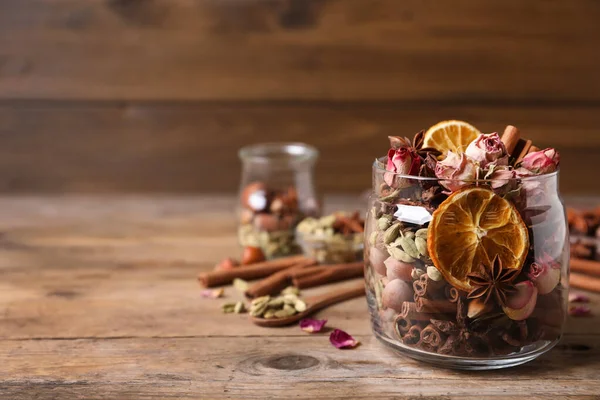
This exploration exemplifies the dynamic nature of cooking, where recipes are not set in stone but open to interpretation and innovation. Individuals fine-tune the cinnamon-sugar ratio and embark on a journey that encompasses both the science of taste and the art of crafting unforgettable culinary experiences.
In a world where the palate is as diverse as the people themselves, the cinnamon-sugar ratio serves as a reminder that there’s no one-size-fits-all approach to flavor. It invites us to embrace the joy of experimentation, the thrill of discovery, and the satisfaction of creating dishes that resonate uniquely with our senses.
Whether the goal is a dash of nostalgia, a hint of comfort, or an adventurous exploration, the cinnamon-sugar ratio offers a delightful canvas for crafting flavors that genuinely speak to our individuality.
